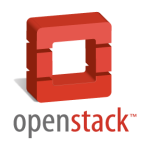OpenStack: Create Instance Snapshot to backup or migrate Instance

OpenStack Snapshots can be utilized to backup Instance before some critical changes are made on Instance OS or to migrate Instance to the new OpenStack Cloud.
In this tutorial we will create snapshot from existing Instance to launch it in different Cloud, but you can also create snapshot just to backup the Instance and restore it’s state later in the same Cloud, if needed.
Read More

